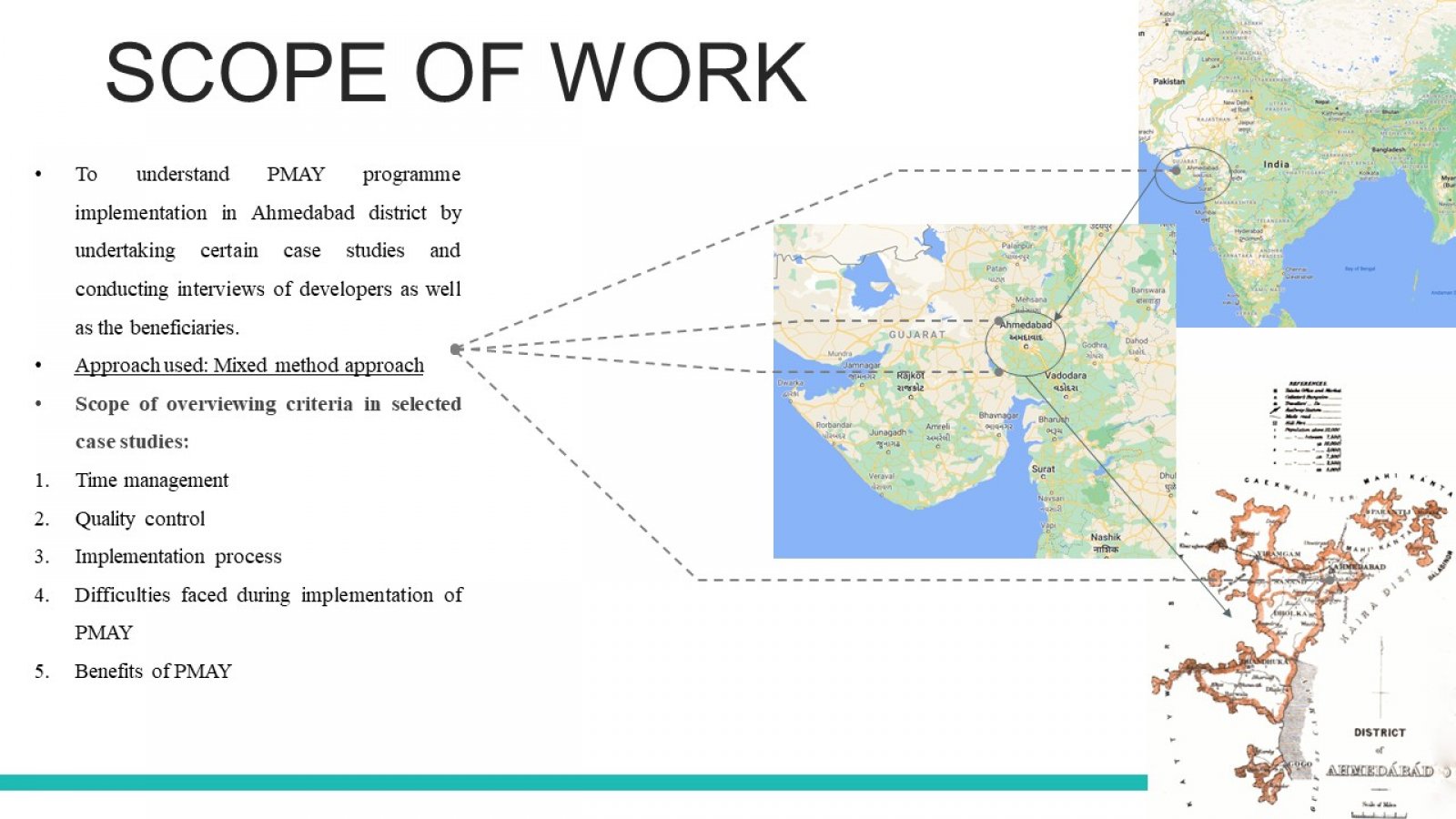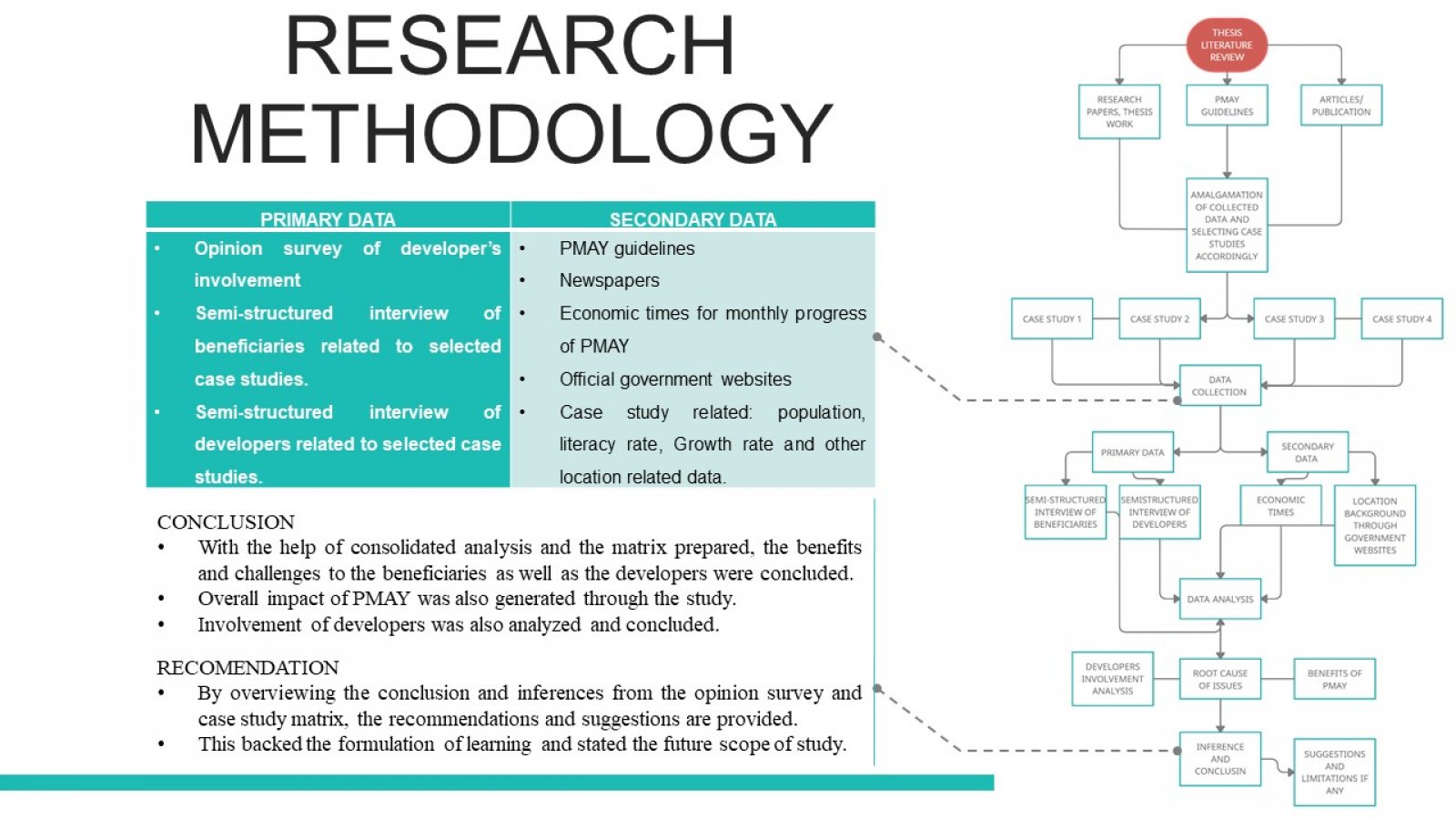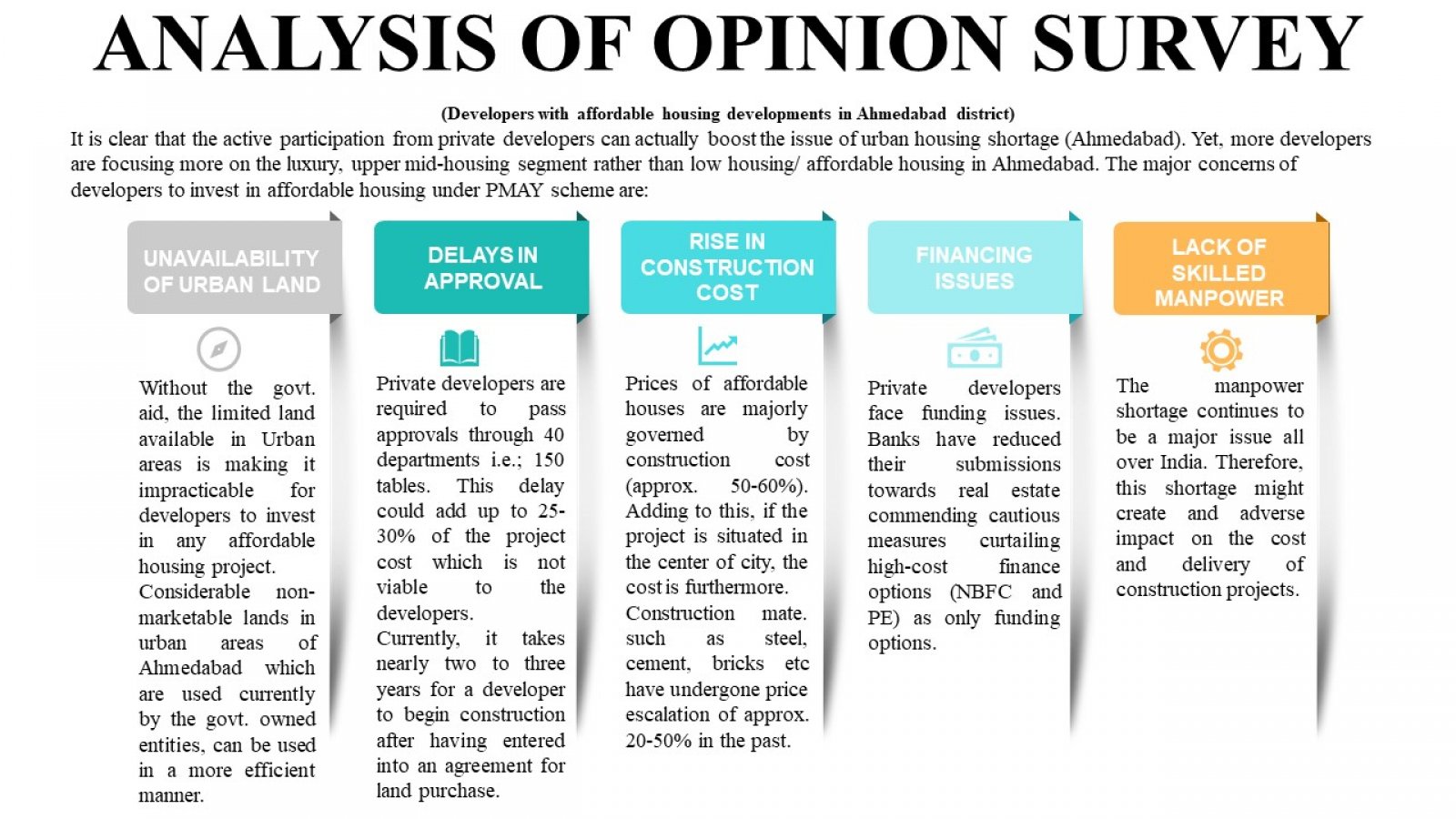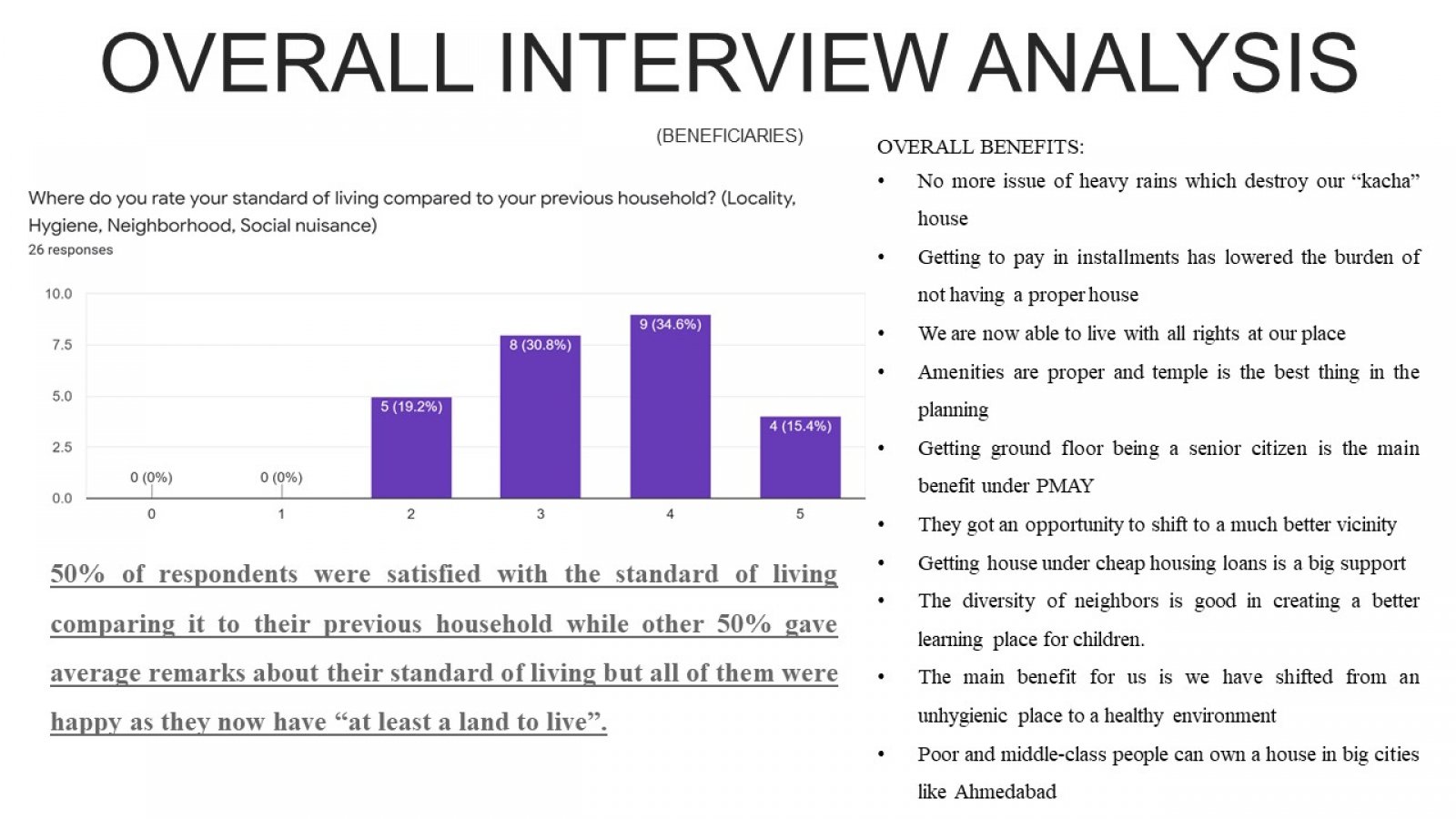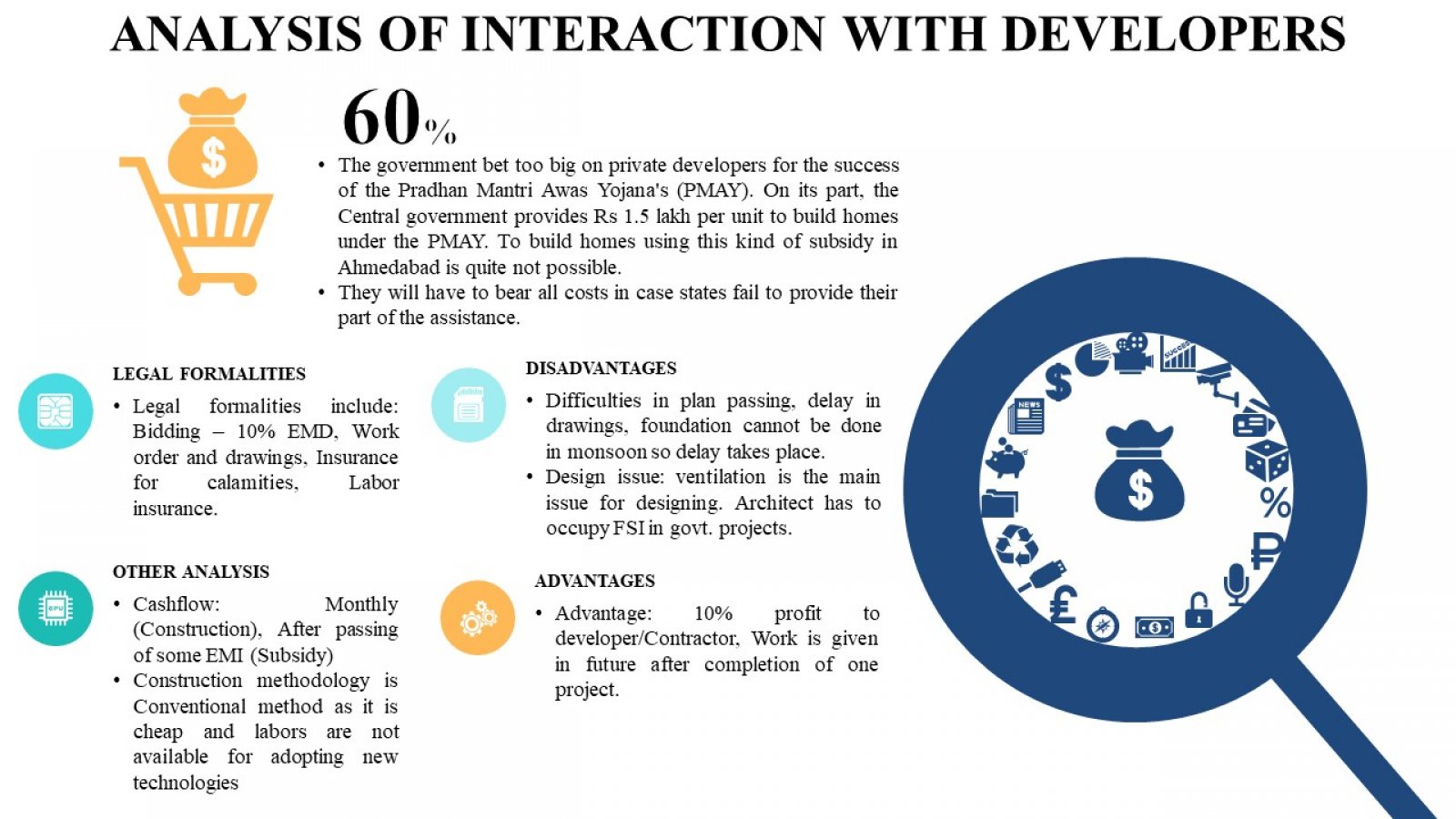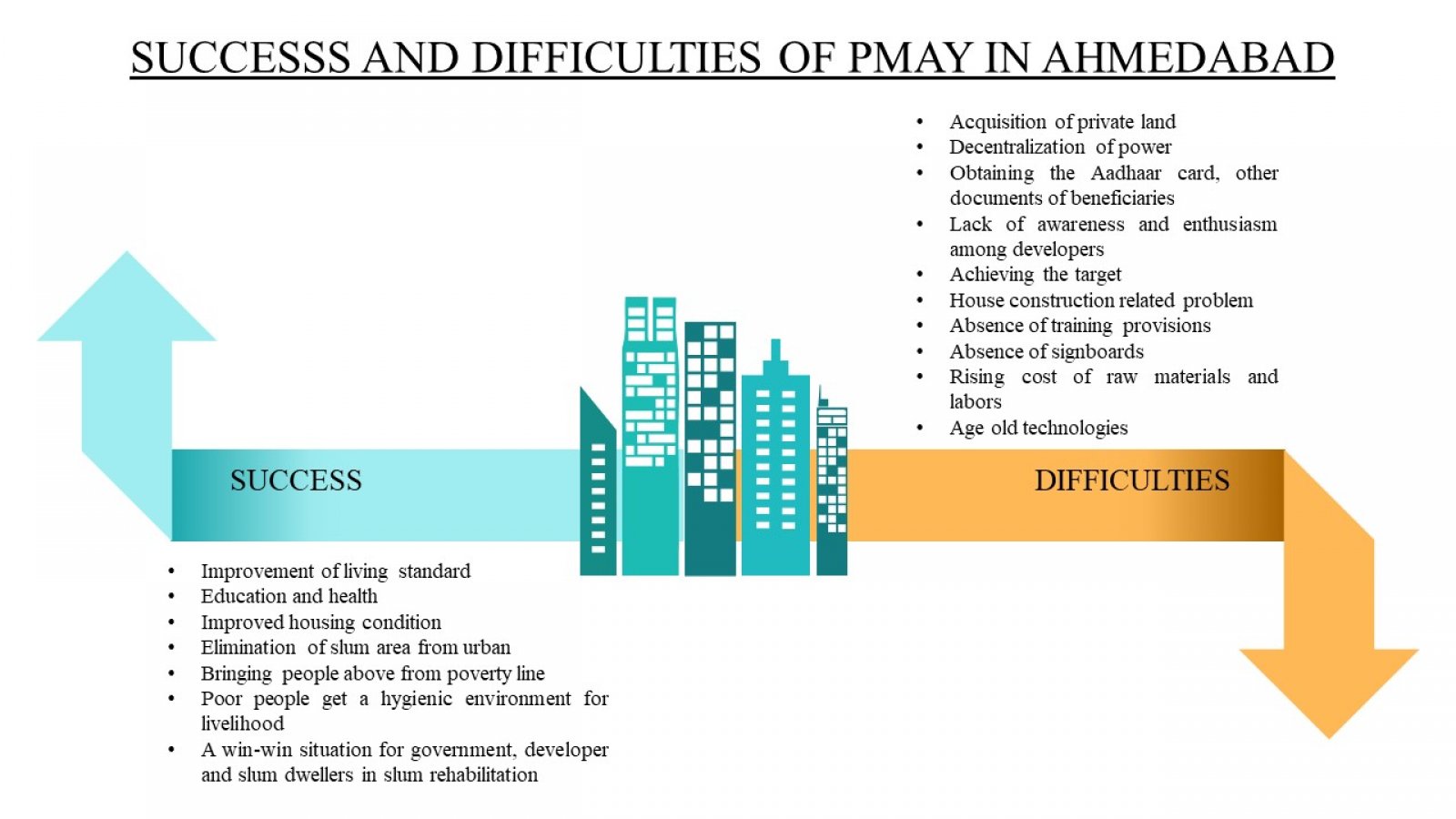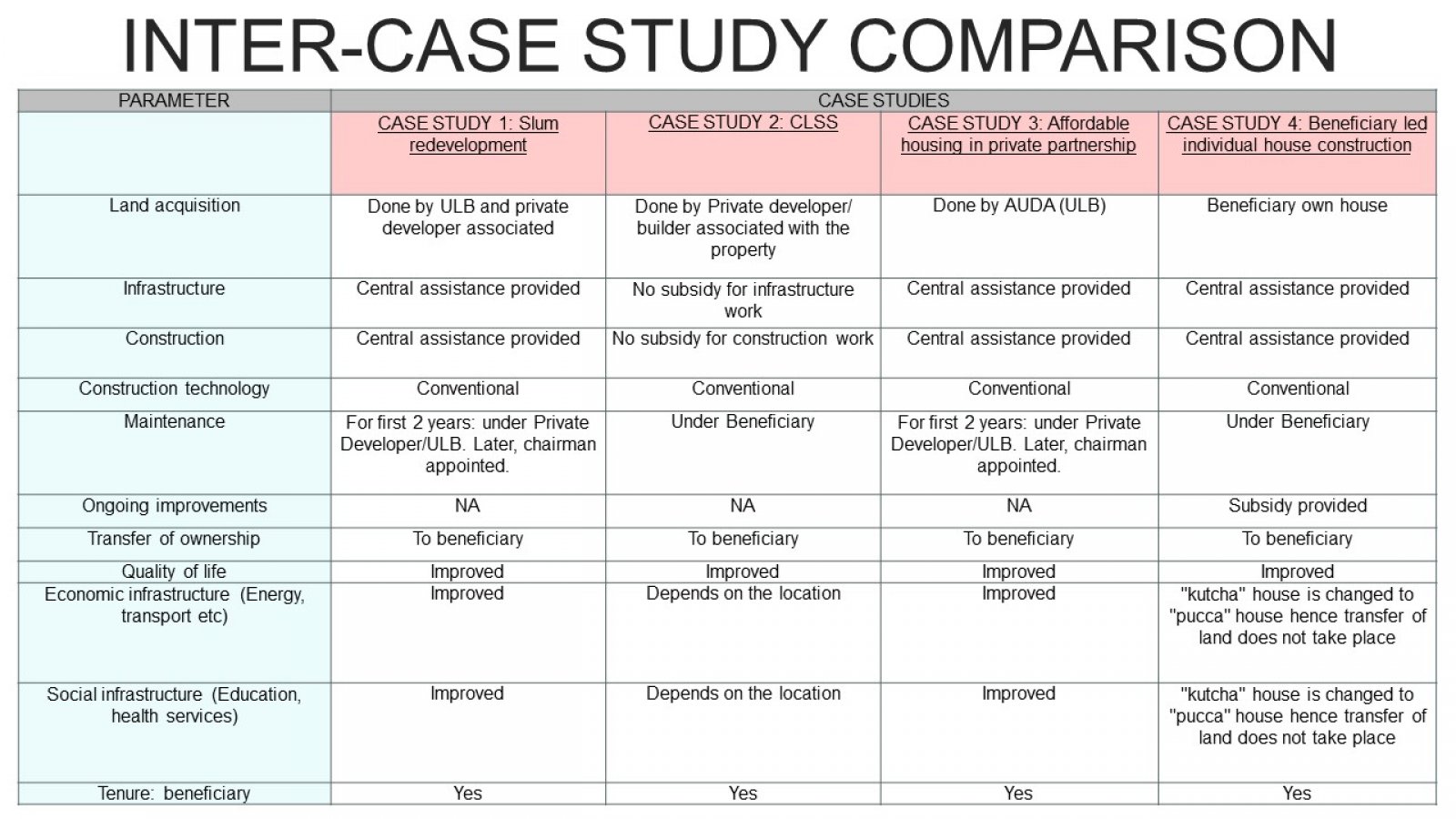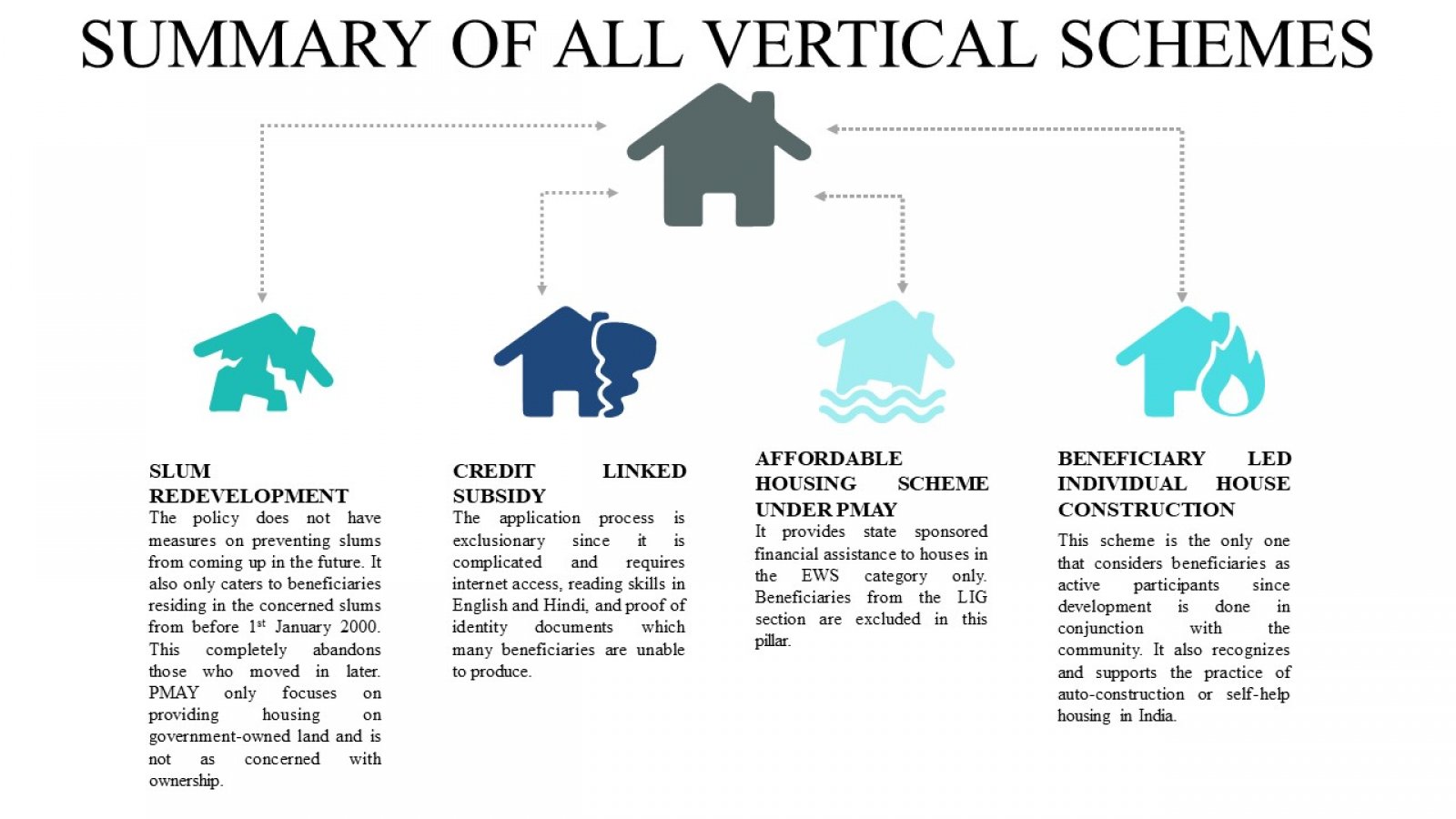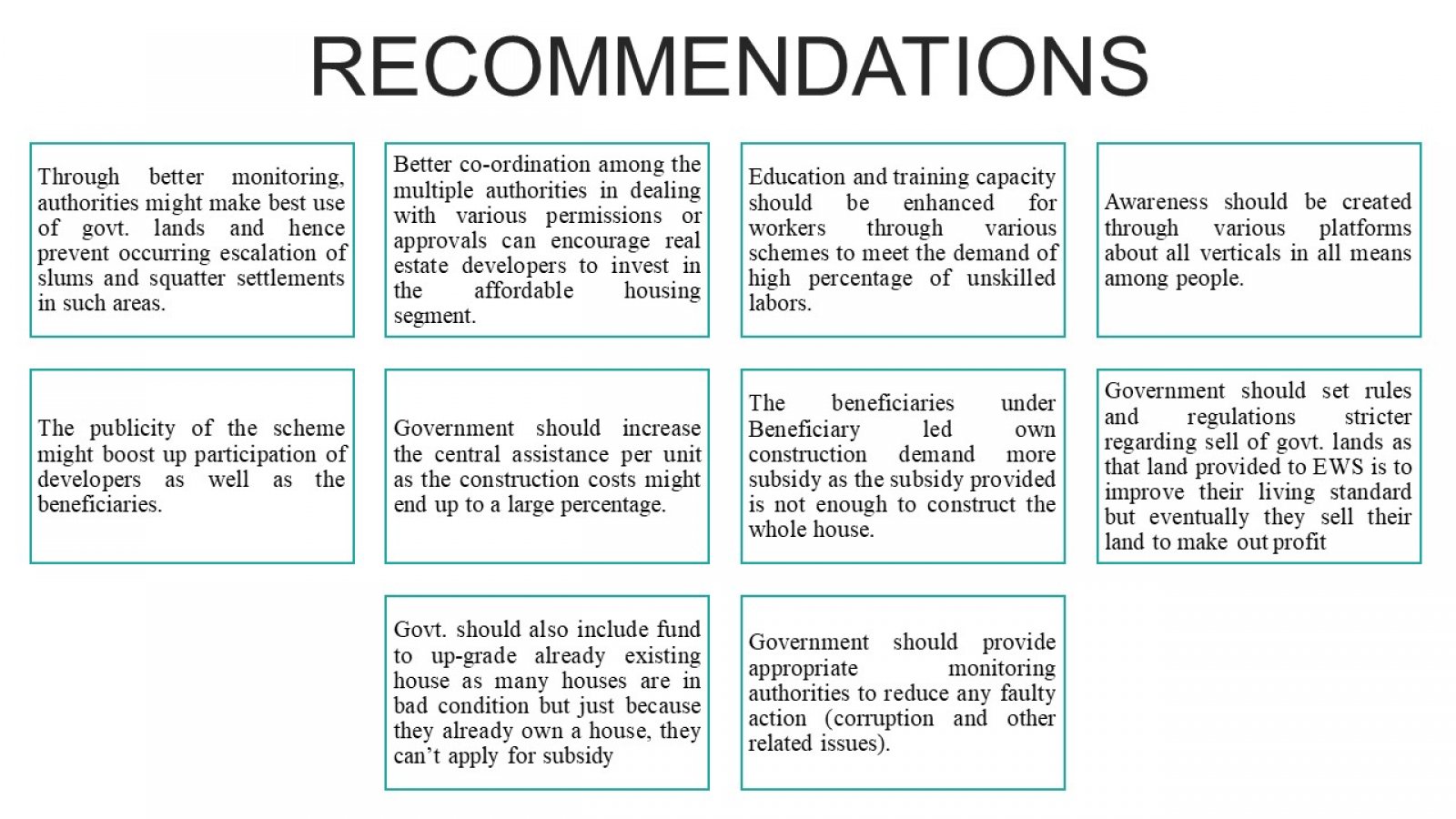Your browser is out-of-date!
For a richer surfing experience on our website, please update your browser. Update my browser now!
For a richer surfing experience on our website, please update your browser. Update my browser now!
In the past decade, population growth and rapid urbanization in India have engendered an affordable housing shortage resulting in informal settlements and increased slum dwellers. Several Indian Government initiatives were launched as a remedy for this situation. Pradhan Mantri Awas Yojana, being one of them, was launched in 2015 with a mission of providing “pucca” (permanent) houses to families with low incomes having “kutcha” houses in India by 2022. It has four verticals including slum redevelopment, credit-linked subsidy scheme, affordable housing with private partnership. and beneficiary-led individual house own construction. The mission was started on 17th June 2015 and will be ending by March 2022. A year before achieving the target date, the Govt. of India is nowhere near reaching the expected target. This paper analyses the impact of PMAY in the Ahmedabad district by undertaking four case studies related to each vertical. Developers and beneficiaries have been approached to focus on the root cause of issues that hamper the speed of PMAY to reach its target. Inferences of this paper will provide a base to manage the implementation strategies of PMAY.

